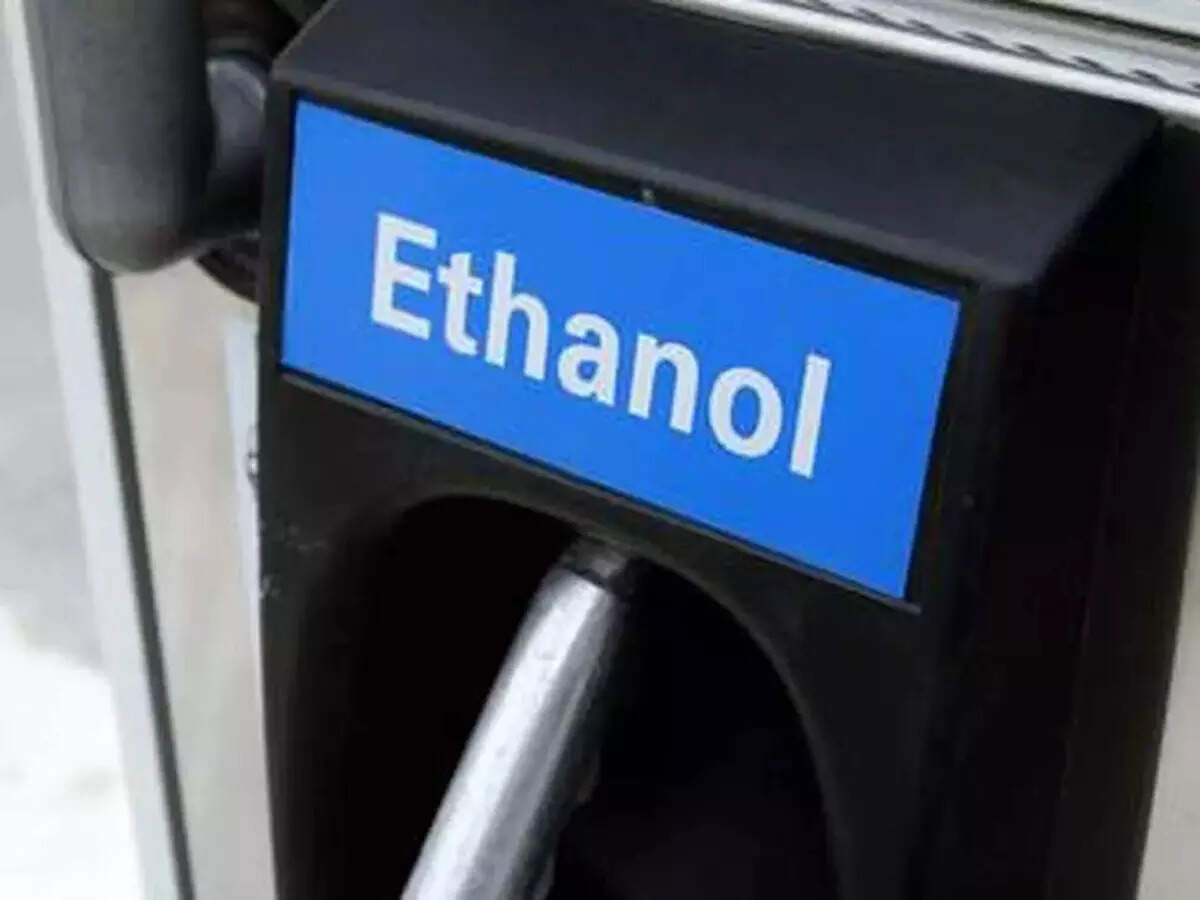- Renewable
- 3 min read
ISMA seeks policy support to meet India's 20% ethanol blending target
The drop in Indian cane production due to the global climate phenomenon El Niño led to a halt in ethanol production from syrup and BHM from mid-December 2023.
"The Indian sugar industry is well-positioned to meet the government's ambitious 20 per cent ethanol blending target till 2030. Our industry can contribute a significant 55 per cent of the ethanol requirement, and even increase that to up to 60 per cent if we can get stable policy support and investment on sugarcane production stabilisation," said Prabhakar Rao, President, ISMA.
The drop in Indian cane production due to the global climate phenomenon El Niño led to a halt in ethanol production from syrup and BHM from mid-December 2023. As a result, only 20 lakh tons of sugar was diverted towards producing around 200 crore liters of ethanol. ISMA stated that India could have produced around 250 crore liters more ethanol by diverting an additional 25 lakh tons of sugar, while still meeting domestic demand for 285 lakh tons of sugar and maintaining a closing stock of 66 lakh tons.
India's Ethanol Blending Requirement, which started on a pilot basis in 2001 and formalized in 2003, aims to achieve a 20 per cent ethanol blending target by 2030. This measure is designed to lower carbon emissions, enhance air quality, and promote the use of biofuels from renewable sources. It also aims to create a sustainable energy mix and reduce reliance on fossil fuels.
The Ethanol Blending Requirement presents both challenges and opportunities for the Indian sugar industry. One primary challenge is ensuring an adequate and affordable supply of raw materials for ethanol production. The sugarcane area needs to expand marginally by about 7-8 per cent, and yields must stabilize at about 81-82 tons per hectare. India achieved the highest sugarcane production of 4616 lakh tons in 2021-22 with a productivity of 82.7 tons per hectare. Increasing production to 5100 lakh tons is required to meet the country's sugar and ethanol demand.
ISMA suggests harmonizing the Minimum Support Price (MSP) for sugar and ethanol prices for syrup, B Heavy, and C Heavy molasses while announcing the Fair and Remunerative Price (FRP) for sugarcane. The revenue share ratio for Indian cane farmers is 75 per cent, higher than the 70 per cent in other cane-growing countries like Thailand and Brazil. Based on the FRP of Rs. 340/- per quintal for the 2024-25 sugar season, the industry must pay Rs. 1,20,000 crore to cane farmers.
The stoppage of ethanol production from December 2023 resulted in an excess closing stock of about 9.1 million tons, leading to a drop in sugar prices and losses to the industry, delaying payments to cane farmers. Implementing policy interventions to empower the sugar industry to meet the 20 per cent ethanol blending prerequisite is crucial for sustainable energy practices and the financial strength of the sector.
"We need to increase to 5100 lakh tons and stabilize the production to meet the country’s sugar and ethanol demand. By tackling the challenges and supporting regulatory frameworks, we can pave the road for a well-organized and ecologically aware sugar industry," ISMA said.



COMMENTS
All Comments
By commenting, you agree to the Prohibited Content Policy
PostBy commenting, you agree to the Prohibited Content Policy
PostFind this Comment Offensive?
Choose your reason below and click on the submit button. This will alert our moderators to take actions